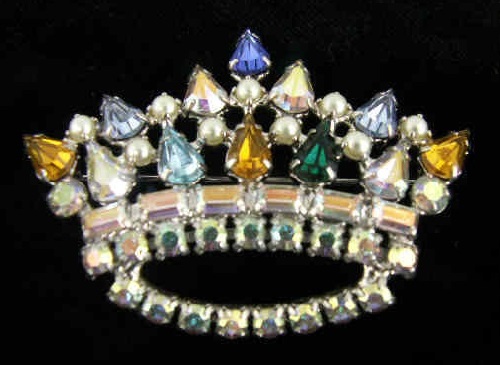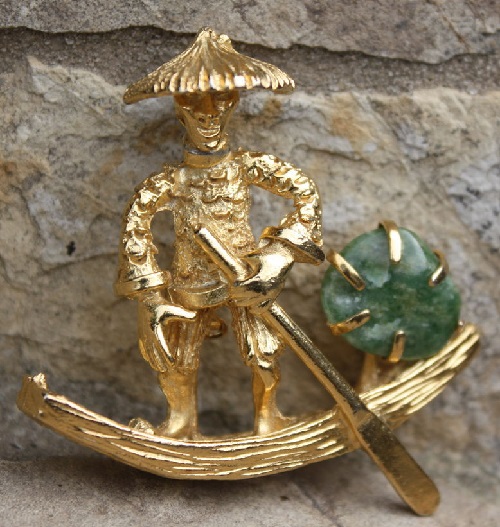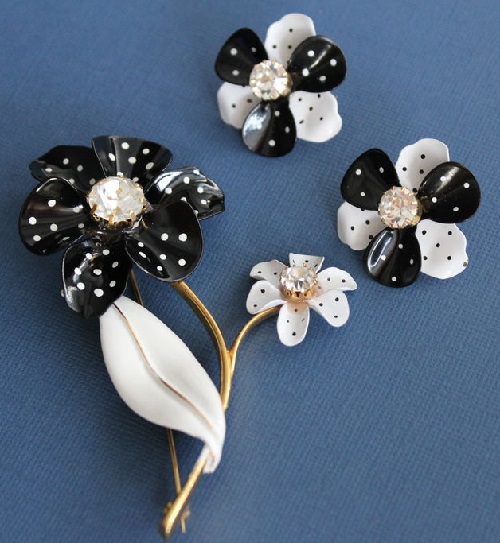Christmas vintage jewellery
Christmas vintage jewellery
Many women have accumulated a certain amount of broken or simply unwanted jewelry that for a long time is waiting for somebody to bring it to life again. Let’s give vintage costume jewellery, precious buttons and crystal beads a second life and make jeweled Christmas tree, like this in the above photo.
Interestingly, brooch in the form of Christmas trees for a long time was sent to soldiers as a memory of family and home and to feel the spirit of Christmas holidays …
Christmas brooch – a special theme in the history of vintage jewelry in Europe and the United States. Almost every self-respecting designer produced to the most favorite holiday of the year a series of graceful figures that appeared on dresses of even the most discerning ladies. After all, when else can you take the traditional festive dress with a share of common humor and adorn yourself with a bell, a miniature Christmas tree or fawn – assistant to Santa Claus?
More »






